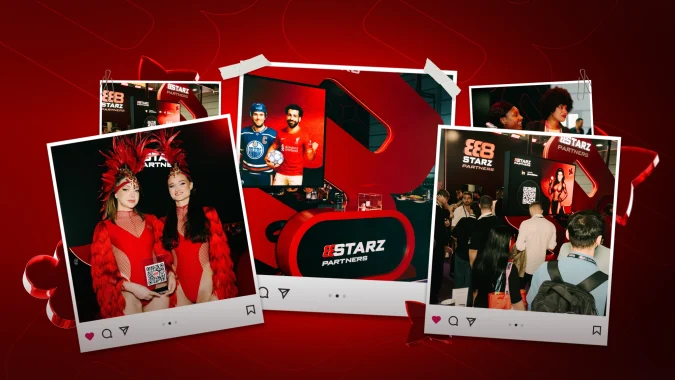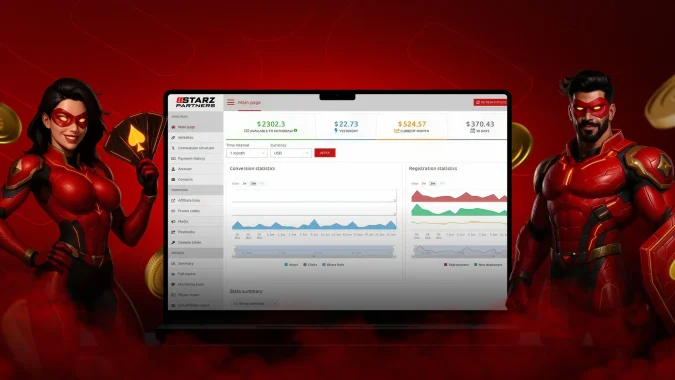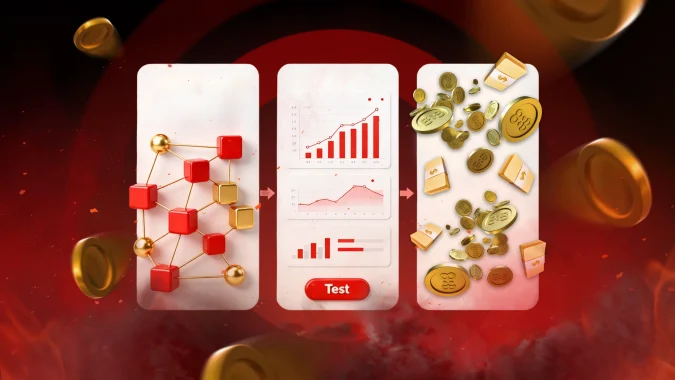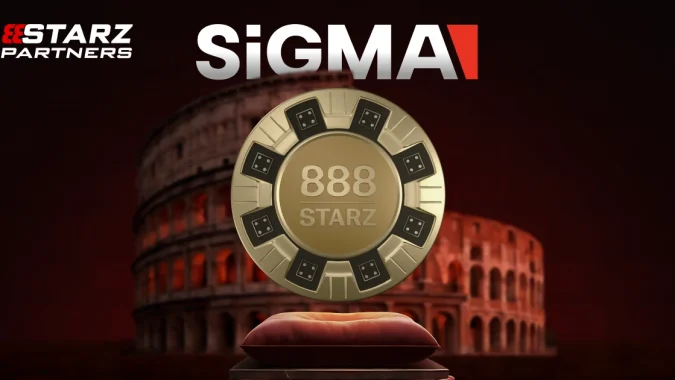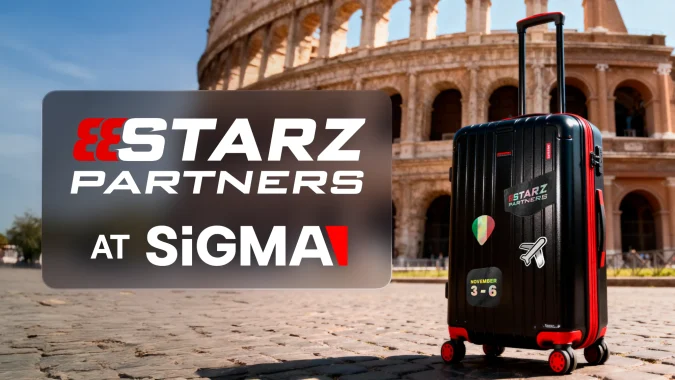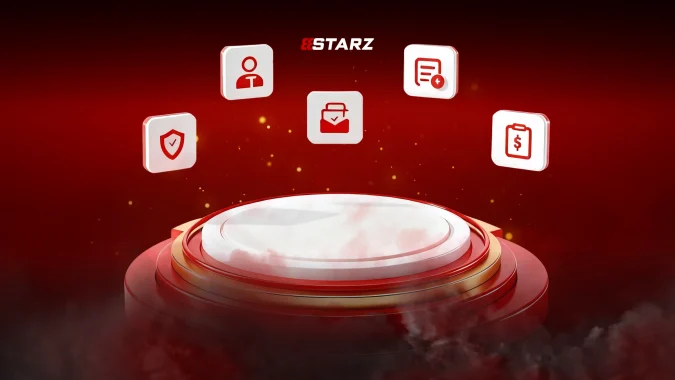RTB Meaning in Marketing: What Real-Time Bidding Really Is
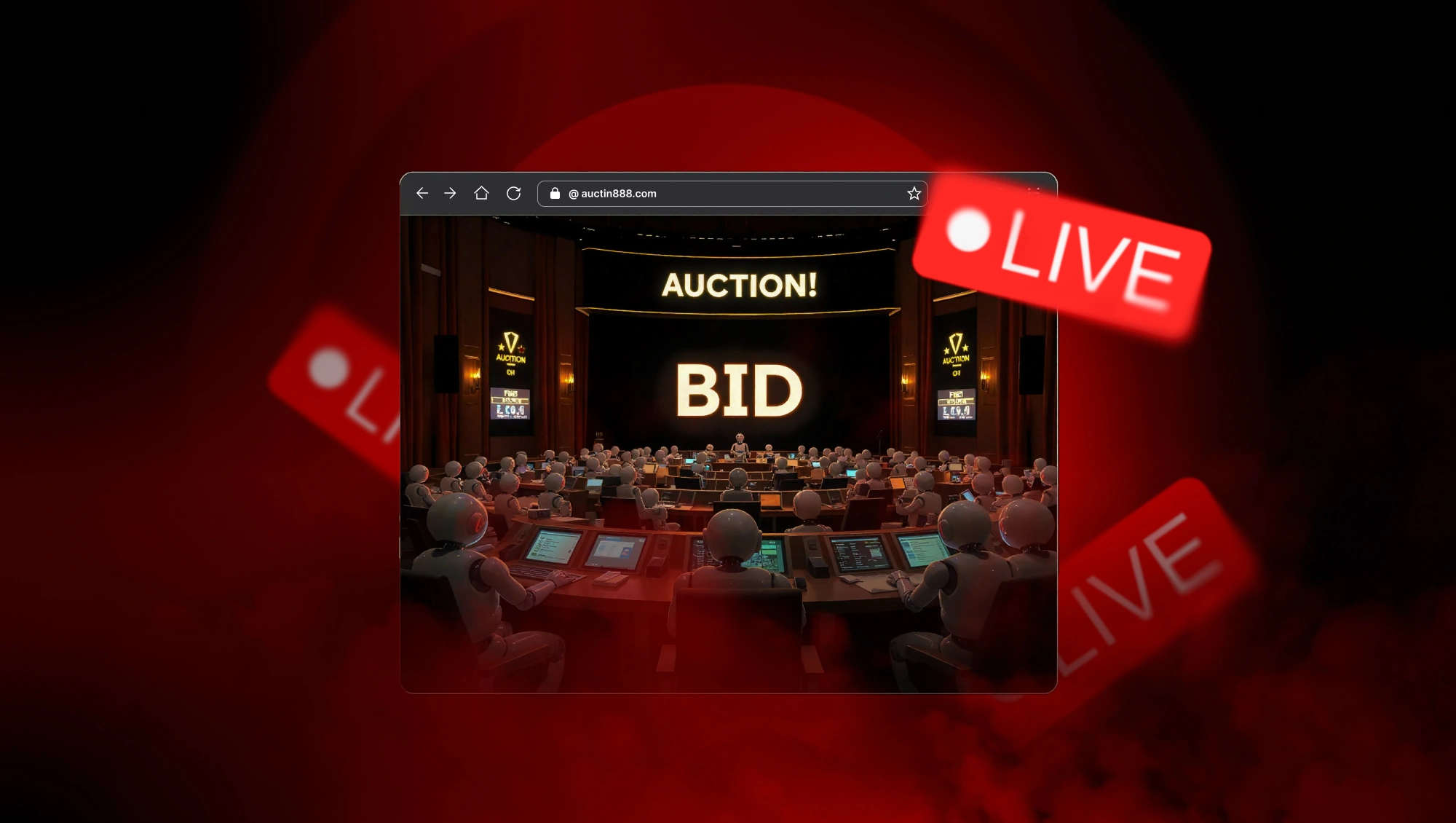
- What is RTB in Marketing
- How RTB Works
- Initiation
- Request Formation
- Lot Distribution
- DSP Algorithmic Decision
- Auction
- Creative Delivery and Ad Display
- RTB Ad Formats
- Bid Optimization and Strategies in RTB Advertising
- Bidding Strategy
- Deep Targeting and User Value Assessment
- Auction and Inventory Management
- Analytics and Real-Time Optimization
- Budget Control and Efficiency
- Conclusion
- FAQ
Advertising on Facebook, Google, or, in fact, almost any online advertising, goes through a long journey before reaching the user. Along the way, it takes part in an auction where advertisers automatically compete for the chance to show their ad to a visitor. These auctions happen so fast that they’re completed before the user’s page even finishes loading. This competitive process is called Real-Time Bidding (RTB). In this article, the 888STARZ Partners team will break down what RTB really is, how it works, and how to optimize bids for RTB advertising.
What is RTB in Marketing
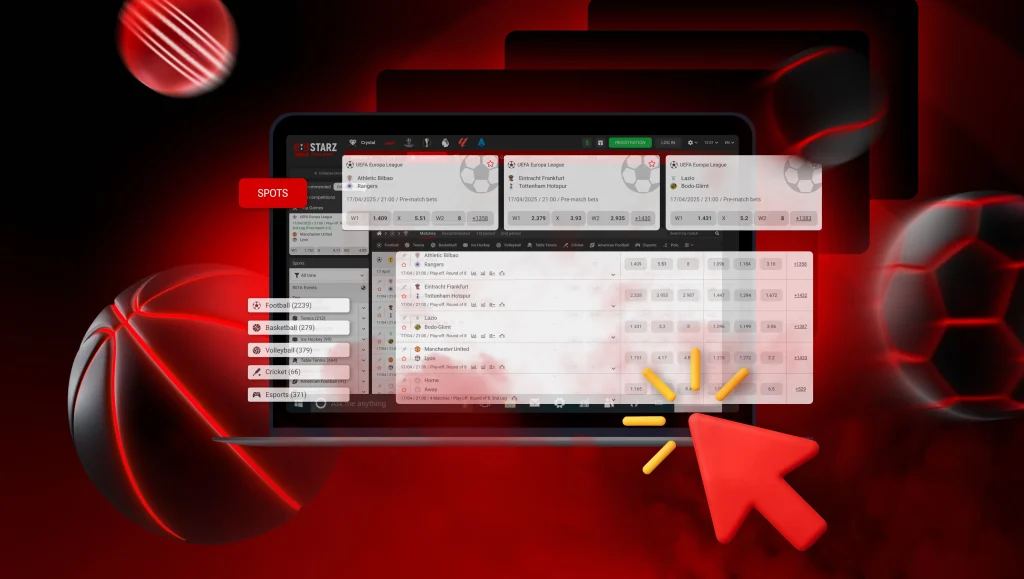
RTB (Real-Time Bidding) literally means “bidding in real time”. Imagine this: instead of buying an entire ad slot on a website for a week (where your ad is shown to every visitor regardless of their interests), RTB system lets you “intercept” the specific user you’re interested in right now — and deliver your message directly to them. The core idea is advertisers competing for the attention of a specific person in real time, based on their data and browsing context.
The key difference between RTB and traditional methods is impression-by-impression buying, happening in milliseconds and based on the analysis of vast amounts of data. RTB is a subset of the broader concept known as programmatic advertising, and it specifically refers to the auction-based mechanism for purchasing non-guaranteed, real-time available inventory.
How RTB Works
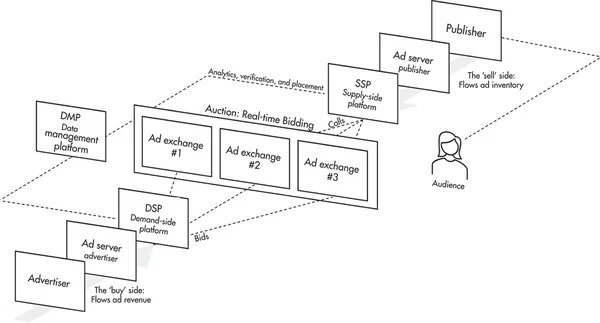
Initiation
A user loads a publisher’s website or opens a mobile app screen. The system detects an available ad slot. This instantly triggers the sale process for this specific ad impression.
Request Formation
The publisher’s platform (SSP – Supply-Side Platform) acts as the seller. It automatically creates a detailed bid request for this impression and sends it to a central Ad Exchange. The SSP’s main goal is to describe the ad opportunity as accurately as possible. The request includes a wide array of anonymized data:
- User Data: Identifiers (Cookie ID, Advertising ID), technical specs (device type, OS, browser, screen resolution, connection speed, language), location (country, region, city — often with high precision), behavioral and demographic signals (inferred interests, age/gender segments, audience segments based on browsing history, household data).
- Contextual Data: Page URL, content category, keywords, ad placement characteristics (type, size, viewability, position), brand safety signals (risk rating of potentially inappropriate content).
- Floor Price: The minimum price (Floor Price) below which the publisher is not willing to sell the impression. This may be dynamically calculated or fixed based on user and context value.
Lot Distribution
Once the SSP sends the request, the Ad Exchange acts as the auctioneer. It instantly distributes this “lot” (the request with all its data) to all connected DSPs that represent advertisers interested in buying the ad slot.
DSP Algorithmic Decision
Each DSP receives the request and, within milliseconds, must decide whether to participate in the auction and what bid to place. A sophisticated internal algorithm kicks in to evaluate:
- The match between the user and advertiser’s target segments (using both request data and first-party data like CRM lists),
- The relevance and safety of the ad context,
- All campaign constraints (frequency capping, blacklists/whitelists, geo- and device targeting, budget pacing).
The key step – value prediction: DSPs use machine learning models to assess the likelihood of achieving the campaign’s objective for this specific impression. Goals may vary, and the bid calculation is directly tied to the advertiser’s KPI strategy:
- CPM (Cost Per Mille): Focused on reach and visibility. The bid is optimized for the cost per 1,000 impressions, factoring in inventory and audience value.
- CPC (Cost Per Click): Aimed at driving traffic. The bid is based on the predicted click-through rate (pCTR) and desired cost per click.
- CPA / tCPA (Cost Per Action / Target CPA): Focused on conversions (e.g., purchase, signup, install). The bid is calculated to achieve a target cost per action using the predicted conversion rate (pCVR). Requires accurate postbacks.
- ROAS (Target Return on Ad Spend): Optimizes for return on investment. The bid is determined to hit the target ROAS, considering the predicted conversion value (e.g., average order value, user LTV).
Based on this prediction, campaign objectives, and advertiser’s margin goals, the DSP sets the maximum amount it is willing to pay.
A critical nuance: in First-Price Auctions, DSPs use Bid Shading — a strategy that slightly lowers the actual bid compared to the max willingness to pay, improving cost-efficiency since the winner pays their full bid. The accuracy of this forecast depends on DSP’s data quality, machine learning model, and the attribution model used to measure ad impact on final conversions.
Auction
All participating DSPs submit their bids back to the Ad Exchange. The exchange instantly runs the auction. The most common model is the Second-Price Auction, where the highest bidder wins but pays the second-highest bid plus a minimal increment (usually $0.01), encouraging honest bidding.
However, First-Price Auctions are becoming increasingly common, where the winner pays exactly their bid — making bid shading essential. It’s crucial to know which model a platform or exchange uses to adjust bidding strategies accordingly.
An alternative method is Header Bidding, where the publisher simultaneously sends the request to multiple Ad Exchanges and SSPs before the classic RTB auction starts — to drive more competition and maximize revenue.
Creative Delivery and Ad Display
The Ad Exchange announces the winning DSP. The winning DSP immediately transmits the ad creative information (banner URL, video file, native ad code) — either directly to the user’s browser/app (client-side) or to the publisher’s server (server-to-server). The creative is loaded and displayed in the designated ad slot. The entire RTB cycle — from page load to ad display — typically takes just 100–300 milliseconds, a technological marvel of modern digital advertising.
RTB Ad Formats
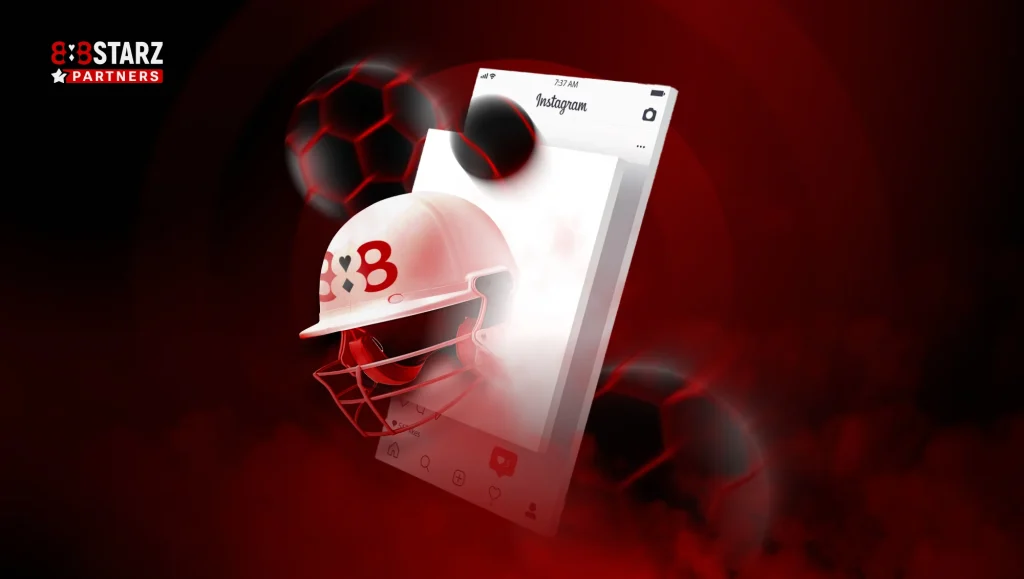
RTB system is highly versatile and supports nearly all major digital advertising formats. This includes classic display advertising (banners, rich media), video ads (pre-roll, mid-roll, and post-roll in-stream formats, as well as out-stream videos integrated into content), and native ads that seamlessly blend into the platform’s design. It also covers audio ads within music and podcasts, along with all these formats adapted for mobile devices and apps — including interactive ads. The key requirement: creatives must meet the technical specifications of the platforms and pass moderation.
Bid Optimization and Strategies in RTB Advertising

The success of RTB campaigns directly depends on the ability to manage bids and optimize parameters. Here are the key aspects to focus on:
Bidding Strategy
- CPA (Cost Per Action): Focus on conversions. The DSP automatically optimizes bids to achieve the target cost per action. Accurate postbacks and properly configured conversion values are critically important.
- ROAS (Target Return On Ad Spend): Optimization for return on investment. The system adjusts bids to reach the desired profitability level, taking into account the value of different users.
- CPC (Cost Per Click): Pay-per-click. Useful for driving traffic, but requires careful monitoring of click quality and landing page performance.
- CPM (Cost Per Mille): Pay per 1,000 impressions. A basic approach that requires manual or algorithmic bid optimization based on inventory and audience value (e.g., bid shading in First-Price auctions).
Selection and adaptation: Choose a strategy based on your KPIs (acquisition, conversion, ROI). Don’t be afraid to test and adjust strategies during the campaign based on data.
Deep Targeting and User Value Assessment
Use the full range of DSP data to determine the true value of each potential impression. Segment your audience not only by demographics and interests, but also by behavior, engagement, and funnel stage.
Take into account the context (type of site/app, page content) when evaluating the likelihood of conversion.
Auction and Inventory Management
- Understanding Auction Models: Know whether the platform operates on a First-Price or Second-Price model. In First-Price auctions, apply Bid Shading — algorithmically lowering the bid from its true value to avoid overpaying while staying competitive.
- Managing Floor Prices: Use dynamic or manual settings to avoid overpaying for low-quality inventory.
- Whitelists/Blacklists: Rigorously control ad placements. Blacklists block unwanted sources. Whitelists focus the budget on premium or highly relevant inventory. Analyze placement reports regularly to optimize lists.
- Frequency Capping: Limit the number of impressions per user to prevent overexposure and irritation, optimizing reach.
Analytics and Real-Time Optimization
- Impression-Level Data: Use this level of detail not just for reporting, but for rapid decision-making. Which combinations of audience, creative, and placement are delivering the best CPA/ROI.
- Flexibility: Adjust bids for specific segments, creatives, or placements in real time based on incoming performance data. Test different creatives with A/B testing and scale winning combinations quickly.
- Attribution: Use advanced attribution models (e.g., data-driven) to accurately assess the contribution of each impression/click to conversions, ensuring proper bid valuation.
Budget Control and Efficiency
DSPs provide tools for precise spend control (daily/total limits). Focus on minimizing CPM, CPC, and CPA — and maximizing ROI — through ongoing fine-tuning of all the above parameters, not just on “budget efficiency”. Transparency: DSP reporting offers clear insights into where your budget is going and the return it delivers at every level (creative, placement, segment, time of day, and so on).
Conclusion
RTB is a complex yet highly effective tool that enables the buying and selling of individual ad impressions for specific users at the moment a page loads through an instantaneous auction. By leveraging RTB, you can achieve unprecedented precision in ad delivery, reaching the most relevant audience for optimal monetization.
For monetizing your traffic under the best conditions, turn to 888STARZ Partners. We offer some of the highest bids for relevant iGaming traffic and provide webmasters with everything they need — high-quality, localized creatives, tracker integration, postbacks, and much more. For our top-performing partners, we also offer personalized cooperation terms and exclusive gambling and betting offers.
FAQ
What does RTB mean in the context of programmatic advertising?
RTB (Real-Time Bidding) is a technology for automated real-time auctions to buy and sell individual ad impressions.
How does the RTB auction work in real time?
When a page loads, the SSP sends an impression request to the ad exchange. Advertisers’ DSPs instantly evaluate the request and place bids. The winning bid balances price and targeting parameters best, and the winning ad is shown to the user — the entire process takes milliseconds.
Which RTB platforms are most effective?
Key DSPs for buyers include Google DV360, The Trade Desk, and Xandr; main SSPs/ad exchanges for sellers include Google AdX, PubMatic, and Magnite. The choice depends on your goals and budget.
What is the difference between RTB and traditional ad buying?
RTB buys individual impressions via instantaneous auctions with precise targeting, while traditional ad buying usually purchases inventory packages (placements/time slots) at fixed prices, targeting audience segments.
Which metrics are important for evaluating RTB campaigns?
Critical metrics include CPM (cost per 1,000 impressions), CPC (cost per click), CTR (click-through rate), CPA (cost per action) / ROAS (return on ad spend), and Fill Rate (percentage of sold impressions).





